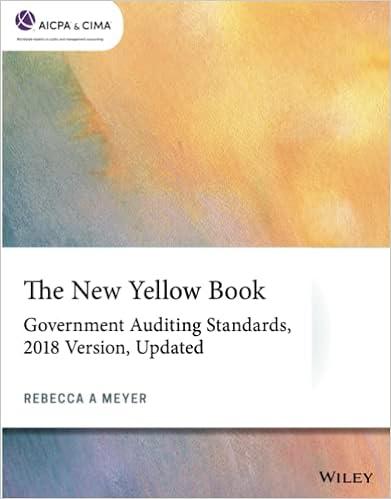b. In the past, the 35 technicians employed in the production of Fludex consisted of 20 senior technicians and 15 assistants. During November, the company experimented with only 15 senior technicians and 20 assistants in order to save costs. Would you recommend that the new labour mix be continued? Yes No 3-a. Compute the variable overhead spending and efficiency variances. (Indicate the effect of each variance by selecting "F" for favourable, "U" for unfavourable, and "None" for no effect (i.e., zero variance).) b. The materials were purchased from a new supplier who is anxious to enter into a long-term purchase contract. Would you recommend that the company sign the contract? Yes No 2. For direct labour employed in the production of Fludex: a. Compute the rate and efficiency variances. (Indicate the effect of each variance by selecting "F" for favourable, "U" for unfavourable, and "None" for no effect (i.e., zero variance).) 3. Pick out the two most significant variances you computed in part (1). (You may select more than one onswer. Single click the box with the question mark to produce a check mark for a correct answer and double click the box with the question mark to empty the box for a wrong answer. Any boxes left with a question mark will be automatically graded as incorrect.) Materials price variance Materials quantity variance Labour rate variance Variable overhead efficiency variance. Variable overhead spending variance Labour efficiency variance 4. Compute the fixed overhead cost variances. (Indicate the effect of variance by selecting "F" for favourable, "U" for unfavourable, and "None" for no effect (t.e., zero variance).) 4. Compute the fixed overhead cost variances for November. (Indicate the effect of each variance by selecting "F" for favourable. "U" for unfavourable, and "None" for no effect (i.e., zero variance).) Becton Labs inc. produces vatious chemical compounds for industrial use. One compound, called Fludex, is prepared by means of an elaborate distilling process. The company has developed standard costs for one unit of Fludex, as follows: During November, the following activity was recorded by the company relative to production of Fludex: a. Materials were purchased, 12,040 millitres at a cost of $229,362. b. There was no beginning inventory of materials on hand to start the month; at the end of the month, 2,500 millitres of material remained in the warehouse unused. c. The company employs 35 lab technicians to work on the production of Fludex. During November, each worked an average of 160 hours at an average rate of $12 per hour. d. Variable manufacturing overhead is assigned to Fludex on the basis of direct labour-hours. Variable manufacturing overhead costs during November totalled $20,920. e. Fixed overhead is also allocated on the basis of direct labour-hours. The company had budgeted $14,000 for the month but underapplied it by $650. f. During November, 3,760 good units of Fludex were produced. The normal volume for the month is 4,000 good units. The company's management is anxious to determine the efficiency of the activities surrounding the production of Fludex. The company's policy is to investigate any variance more than 2% different from the relevant standard. Required: 1. For materials used in the production of Fludex: a. Compute the price and quantity variances. (Indicate the effect of each variance by selecting "F" for favourable, "U" for unfovourable, and "None" for no effect (i.e., zero variance).)











